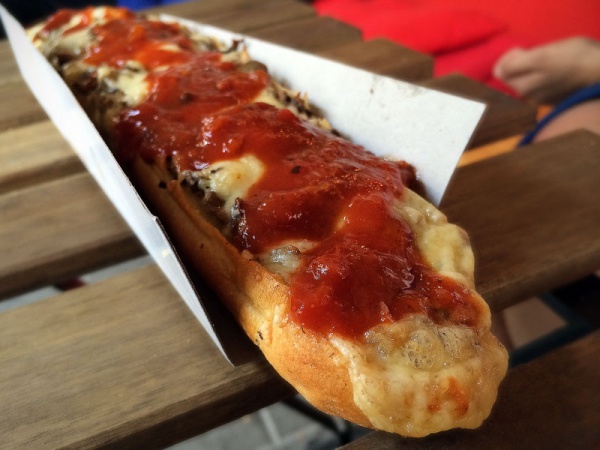Facts About Zapiekanka
Zapiekanka is a cherished Polish street food that first emerged in the 1970s during Poland's Communist era. Picture a delicious, open-faced sandwich crafted from half a baguette or a long bread roll. It’s traditionally topped with sautéed white mushrooms and cheese, then toasted to perfection until the cheese melts. Often, it's garnished with additional toppings and served piping hot with a generous drizzle of tomato ketchup.
The name "zapiekanka" originates from the Polish verb "zapiekać" which means to bake something until it develops a beautifully crispy, browned crust. It’s that crust that contributes significantly to its irresistible appeal.
There are many variations of zapiekanki to suit all tastes. For instance, there's the "diablo" version with bacon and spicy sauce, the "Greek" featuring olives and feta cheese, and even a "Hawaiian" version with pineapple and barbecue sauce. While it's a popular street food, homemade versions also abound, like the "student's zapiekanka" which makes use of whatever ingredients are available.
Zapiekanki began gaining popularity in the 1970s when small family-owned food stalls started selling them on the streets of Poland. This was a time of food shortages, so the simplicity and deliciousness of zapiekanka made it a hit. Even after the market economy was reintroduced in the 1990s, these open-faced sandwiches remained a favorite. Some zapiekanka stands, particularly those in Kraków's Kazimierz district, have even achieved iconic status, attracting both locals and tourists.
Today, zapiekanki remain a beloved street food in Poland, offering a wide variety of options and quality levels to choose from. Whether you’re grabbing one on the go or making it at home, zapiekanka is a tasty and comforting treat.

 Slovakia
Slovakia